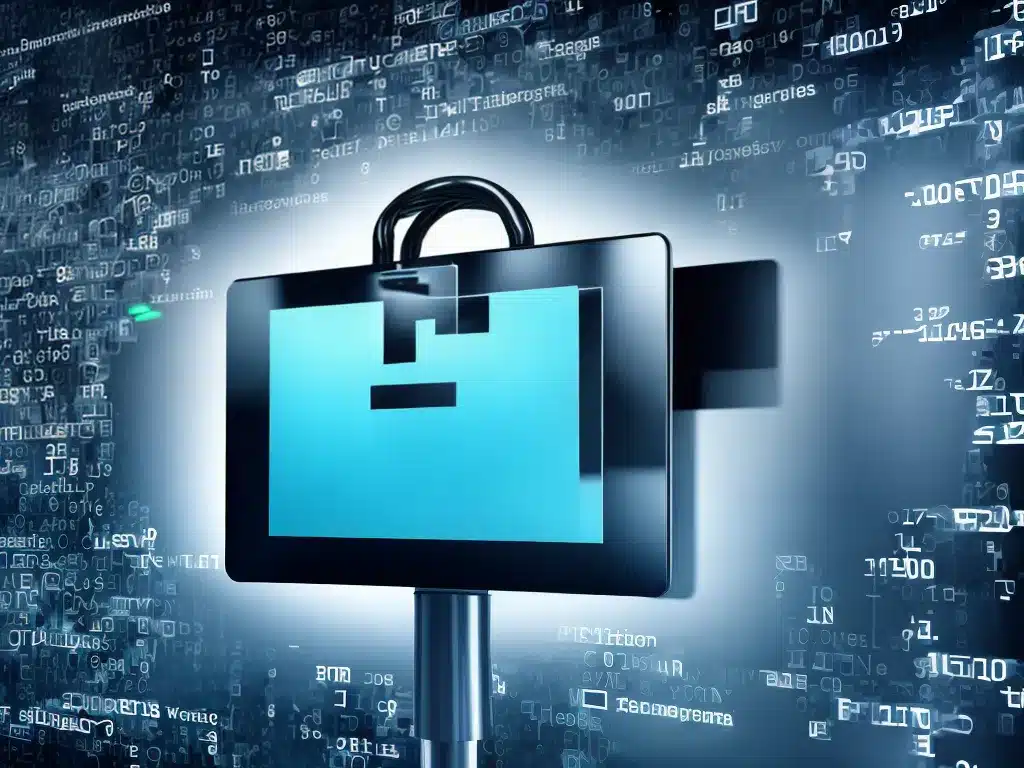
The Growing Threat Of Insider Data Thefts And Rogue Employees
Data breaches caused by insider threats and rogue employees are an increasing concern for organizations of all sizes and across all industries. As an information security professional, I aim to provide an in-depth look at this growing threat.
Who Are Insider Threats and Rogue Employees?
Insider threats refer to current or former employees, contractors, or business partners who intentionally misuse their authorized access to an organization’s data and systems. Their access often allows them to bypass many technical controls.
Rogue employees are a type of insider threat that act alone, without colluding with outside parties. They abuse entrusted access for their own personal gain or revenge.
Some examples of malicious insider activities include:
- Stealing confidential data to sell or leak externally
- Sabotaging IT systems
- Modifying data to defraud the company
- Taking advantage of access to stalk or harass colleagues
While outsider cybercriminals pose a significant threat, insiders have advantages that often allow them to cause more damage before being detected.
Factors Contributing to the Growing Insider Threat
Several factors are causing the insider threat to steadily grow:
-
Increasing volumes of sensitive data – As organizations digitize more information, insiders have access to more valuable data to steal or profit from misusing.
-
Privileged access proliferation – More employees are being granted elevated access to critical systems and data to improve efficiency. This provides more opportunities for abuse.
-
Remote workspaces – Remote and hybrid work removes physical oversight and makes monitoring insider actions more difficult.
-
Weak access controls – Lack of strict access controls, policy enforcement, and monitoring makes organizations more vulnerable.
-
Increased financial incentive – With rising data values on black markets, insiders have greater financial motivation.
-
Dissatisfied employees – Disengaged or disgruntled employees are more inclined to turn malicious. Layoffs and organizational friction increase this risk.
Most Common Sources of Insider Threats
While any employee can become a malicious insider, the most common threat actors include:
-
System administrators – Their privileged access provides the capabilities to do extensive damage.
-
End users with access to sensitive systems – Such as finance, HR, legal, and IP/R&D systems.
-
Third-party vendors and contractors – Business partners with trusted access can steal data or enable attacks.
-
Helpdesk and IT staff – Access to reset passwords and assist end users provides opportunities for wrongdoing.
-
Departing employees – Those about to leave an organization are at higher risk of stealing data or sabotaging systems.
-
Former employees – After departure, they may still attempt to access systems by exploiting old accounts or connections.
Real-World Examples of Insider Threat Cases
To illustrate the potential impact, here are a few notable real-world examples of insider data thefts and attacks:
-
A rogue Apple employee accessed Apple’s self-driving car project and allegedly stole sensitive data to benefit a Chinese competitor, leading to criminal charges of trade secret theft.
-
An Amazon employee stole credit card info of over 100 million CapitalOne customers, one of the largest insider financial data thefts. She exploited her administrator access to exfiltrate the data to her own servers.
-
A Facebook engineer abused access to stalk women online and was convicted of cyberstalking and unauthorized access to stored data.
-
A Uber employee accessed and downloaded private rider and driver data to their personal computer. Over 100,000 individuals were impacted by this insider data breach.
Best Practices For Mitigating Insider Threats
Organizations can take various steps to reduce risks from malicious insiders:
-
Classify and limit access to sensitive data to only those needing it. Remove access immediately for transfers/departures.
-
Implement separation of duties, the principle of least privilege, and job rotation to prevent concentrated power.
-
Monitor and analyze user activity to detect suspicious access anomalies, like unusual times or volumes.
-
Enforce strong password policies and multifactor authentication, especially for privileged users.
-
Develop insider threat programs that incorporate technological controls and human behavioral analysis.
-
Institute stringent access controls and encryption to make unauthorized access and leaks more difficult.
-
Screen employees for risk factors before hire and during employment. Watch for concerning behaviors.
-
Provide cybersecurity awareness training so employees understand policies, risks, and responsibilities.
With proper vigilance, threat intelligence, and control frameworks, companies can effectively counter insider threats, protecting their data, IP, systems, and reputations. Though challenging, mitigating rogue employees is essential for information security in the modern world.












